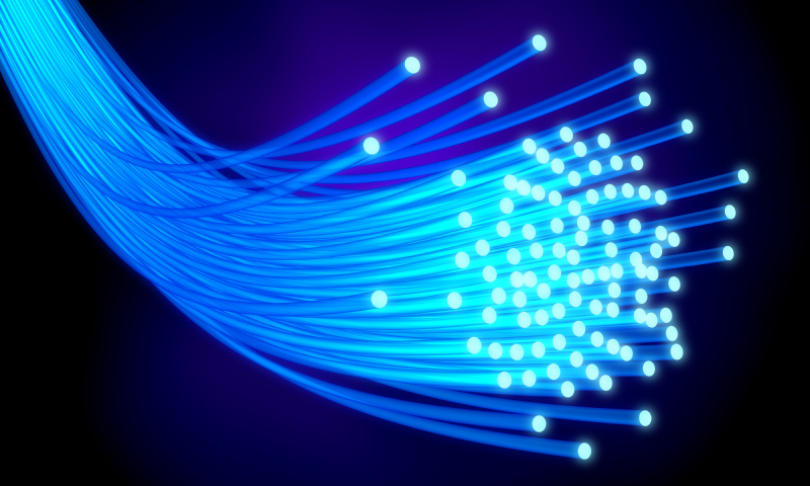 Researchers at Swinburne are developing a leading-edge sensor that will help detect and diagnose cancers early, potentially saving many more lives.
Researchers at Swinburne are developing a leading-edge sensor that will help detect and diagnose cancers early, potentially saving many more lives.
The new technology is the vision of PhD researcher Emma Carland. Inspired by her experience helping sick children in intensive care at The Royal Children’s Hospital in Melbourne, Emma decided to use her biomedical engineering skills to give people a better chance against illnesses.
“I maintained and tested life-support medical equipment such as drug pumps and respirators, and saw how the kids rely on these tools in their day-to-day struggle for life,” Carland says. “This was a powerful motivation for me to embark on this research.”
Her work is based on an optical-fibre touch sensor as fine as a human hair built by her supervisors, Dr Paul Stoddart and Dr Scott Wade, last year to prevent injuring delicate ear tissues during cochlear implant insertion.
The sensor is built into an optical fibre – a technology that has revolutionised communications – that sends light between its two ends. Due to its tiny size and fast transmission of signals, optical fibres are often used in medicine, including endoscopies and ‘keyhole’ surgeries.
“In our touch sensor, light either passes through or is reflected by two sets of parallel ‘lines’, or gratings, in the fibre,” says Dr Stoddart, who is an associate professor in biomedical engineering and also involved in Swinburne’s bionic-eye project.
“When the sensor is untouched, the light that reflects from the first grating matches the second one, resulting in a ‘low’ signal.
“When you apply pressure to the sensor, the light reflected by the first grating will shift, and now that it no longer matches the second grating, the detector picks this up and emits a ‘high’ signal. The difference between these two signals will tell you how much pressure the sensor experiences.”
Now, the researchers propose to use the device for early detection of tumours by vibrating the sensor against a particular tissue: as the sensor nudges and withdraws from the area, the detected signals will alternate between being either high or low.
“A tumour is stiffer than cells from a healthy area,” says Emma. “So, the difference between the sensor’s signals tells you how stiff the tissue is – a diseased tissue, being firmer, will push back at the sensor with more force, resulting in a larger difference.”
Dr Stoddart continues, “Once we test the tissues at different vibrating frequencies, we can find out that at this particular frequency, for a healthy tissue, the signal should be at this range. Larger signal differences mean the tissue is firmer and indicate that they’re more cancerous.
“This allows us to make an accurate assessment of the tumour’s stage – and the best way to treat it. This is something many tumour tests can’t provide, as they only tell you whether the tissue is diseased or not. We can then build a database with the information and embed it into software,” he says.
The long, thin and flexible structure of the fibre sensor will also allow it to be inserted into endoscopes that explore small tissue regions, such as ear, nose, throat cavities and the colon.
“Endoscopies usually take tissue samples and send them to the laboratory for analysis, which could take a while,” Dr Stoddart says. “With the sensor, we can judge the area to see how the tissues respond, which gives us quicker results.
“This means we can obtain very precise measurements of small tissue regions, which allows for the early identification of any abnormal tissues.”
Via: http://www.sciencealert.com/news/20121012-23905.html
















1 comments:
شركة تنظيف مجالس بابها
شركة تنظيف فلل بابها
شركة تنظيف بابها
شركة رش مبيدات ببيشة
Post a Comment